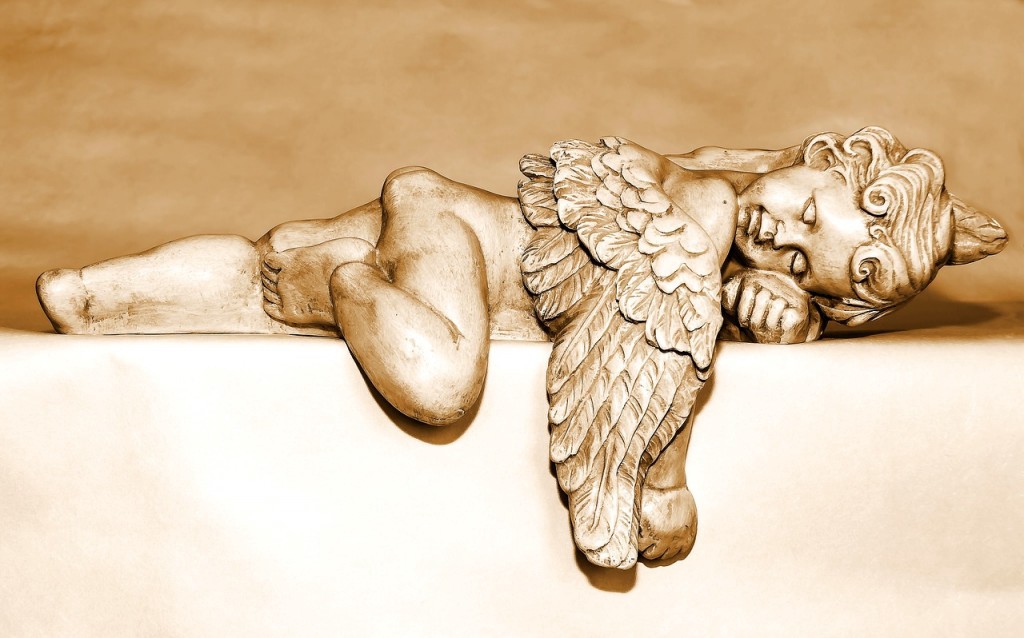The loss of just a single hour of sleep as we spring ahead to Daylight Savings Time (DLT) takes a physiological toll on our bodies, akin to the notion of jet lag.
In both situations, our internal clocks, often called our circadian rhythms, are scrambling to adjust to changes elicited by changes to our principal time cue: light.
Psychologists refer to the impact of this change as “sleep desynchronosis”, a temporary condition resulting in out of sync sleep patterns as a result of rapidly travelling across multiple time zones.
Despite the risk of Seasonal Affective Disorder when returning to standard time in the fall, it is actually less of an adjustment to our body clocks. Researchers have confirmed increased heart attacks, car crashes, and workplace accidents during the days and weeks after “Springing Forward”.
From a mental health perspective, increased rates of anxiety and depression have also been noted during this time.
The bi-yearly changes back and forth a la springing forward and falling back, both impact our sleep rates and our overall sleep efficiency. This impacts our wellness, including our mental wellness.
Thankfully, much of the time, depression and anxiety rates that spike close to these changes tend to return to baseline after an adjustment period. Fortunately, daylight savings at least offers the advent of Spring and Summer, with its warm temps and light evenings — a time when people become more active and more social, both of which are key for fostering overall wellness.
I help my clients through this time of year, the way I’d help through any time of year!
Most of the tips that apply to easing through daylight savings are part of the sleep hygiene and overall wellness tips I propose in general. I just emphasize it more at a time when there is increased physiological vulnerability and/or heightened anxiety related to DST.
Mindfulness Meditation, The Relaxation Response and Sleep
My number one go-to for more efficient sleep is mindfulness meditation. This study confirms mindfulness meditation’s impact on sleep quality. The study included a mindfulness group and a control group (sleep education group).
Results indicated that after six sessions, those in the mindfulness group had less insomnia, fatigue, and depression at the end of the six sessions. The mechanisms behind why this works include mindfulness’s ability to induce the relaxation response, the body’s opposite reaction from the stress-inducing “fight or flight” response.
Stress is often associated with insomnia, so being able to relax is imperative for sleep.
The relaxation response is associated with reduced blood pressure levels, lower resting heart rate, and increased alpha brain waves. Alpha waves are a precursor to theta waves, which characterize the first stage of sleep.
Add These Sleep Hygiene Behaviors to Your Mindfulness Practice
Instead of trying to reinvent the wheel, here is a link to my favorite sleep hygiene resource. I go over this with my clients, as a lot of this sounds simple, but its NOT easy.
As a coffee buff, #1 on this list (avoid caffeine) is a hard pill to swallow. Yet, you don’t have to completely give up coffee, just limit your intake, and limit your intake to before approximately 1:00pm.
Did I mention there’s also caffeine in chocolate? So there’s that, but we got this!
Bottom Line: Add mindfulness meditation to other behaviors on a sleep hygiene list and obtain more efficient sleep, even as DLS is upon us. Trust me, your morning coffee will taste just as sublime.
Originally published at aboutmeditation.com on March 12, 2017.
Originally published at medium.com


